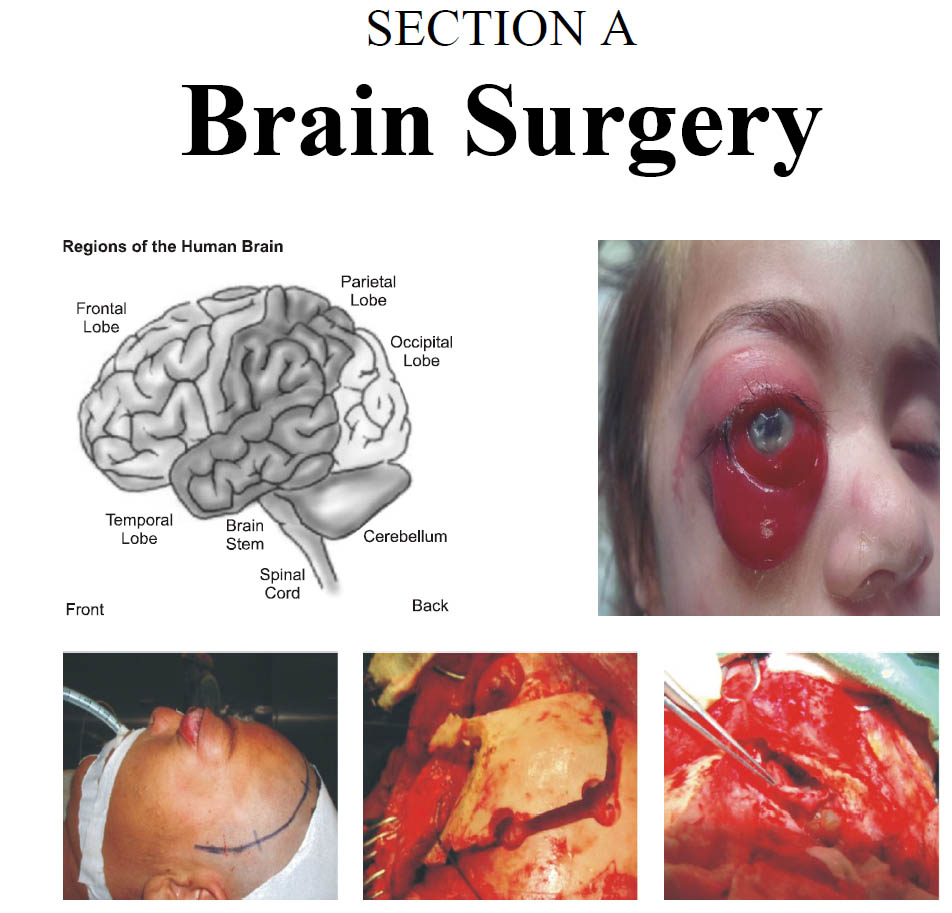Frequency of Ventriculoperitoneal Shunt Infection in Infants on The Basis of Cerebrospinal Fluid Analysis
Keywords:
Hydrocephalus, Cerebrospinal Fluid, Infected Cerebrospinal Fluids, Infants, Shunt Infection., Ventriculoperitoneal ShuntAbstract
Objective: To know the frequency of ventriculoperitoneal shunt infection in infants on the basis of cerebrospinal fluid analysis.
Material and Methods: A cross-sectional study conducted at the LRH Neurosurgery unit, pathology department of KTH Peshawar and department of neurosurgery Gomal Medical College. D.I. Khan, from July 2016 to June 2018. All consecutive patients with suspected ventriculoperitoneal shunt infection were included in the study. The age of the patients was up to one year, irrespective of their gender. Infants with closed fontanelle and previous revision surgery for ventriculoperitoneal shunt were excluded from the study.
Results: Total 204 patients. The age of the patients were under one year (infants). Infected cerebrospinal fluids were observed in 19.1% (39/204) infants. Female infants were slightly more common (51.3%) than male. Majority (64.1%) of the patients was having age less than 6 months.
Conclusion: We conclude from our study that 19.1% of infants with cerebrospinal fluid shunts have infected CSF on laboratory analysis. Most of the infected shunts occur in female infants and in the first half of their age.
References
2. Shinnar S. Gammona K, Bergman jr ED, Epsteina M, Freeman JM. Management of hydrocephalus in infancy: Use of acetazolamide and furosemide to avoid cerebrospinal fluid shunts. The Journal of Pediatrics, 1985; 107 (1): 31-37.
3. Kulkarni AV, Drake JM and Pasculli ML. Cerebrospinal fluid shunt infection: a prospective study of risk factors. J of Neurosurgery, 2001; 94 (2): 0195.
4. Kestle JR. Pediatric hydrocephalus: current management. Neurol Clin. 2003; 21: 883–895.
5. Berry JG, Hall MA, Sharma V, Goumnerova L, Slonim AD, Shah SS. A multi-institutional, 5-year analysis of initial and multiple ventricular shunt revisions in children. Neurosurgery, 2008; 62: 445–454.
6. Browd SR, Gottfried ON, Ragel BT, Kestle JR. Failure of cerebrospinal fluid shunts: part II: over-drainage, loculation, and abdominal complications. Pediatr Neurol. 2006; 34: 171–176.
7. Browd SR, Ragel BT, Gottfried ON, Kestle JR. Failure of cerebrospinal fluid shunts: part I: obstruction and mechanical failure. Pediatr Neurol. 2006; 34: 83–92.
8. McGirt MJ, Leveque JC, Wellons JC, III, Villavicencio AT, Hopkins JS, Fuchs HE, et al. Cerebrospinal fluid shunt survival and etiology of failures: a seven-year institutional experience. Pediatr Neurosurg. 2002; 36: 248–255.
9. Sainte-Rose C, Piatt J.H, Renier D, Pierre-Kahn A, Hirsch J.F, Hoffman H.J et al. Mechanical Complications in Shunts. Pediatr Neurosurg. 1991–92; 17: 2–9.
10. Kontny U, Hofling B, Gutjahr P, Voth D, Schwarz M, Schmitt HJ. CSF shunt infections in children. Infection, 1993; 21: 89-92.
11. Horgan MA, Piatt JH Jr. Shaving of the scalp may increase the rate of infection in CSF shunt surgery. Pediatr Neurosurg. 1997; 26: 180-4.
12. Mancao M, Miller C, Cochrane B, Hoff C, Sauter K,Weber E. Cerebrospinal fluid shunt infections in infants and children in Mobile, Alabama. Acta Paediatrica. 2007. https://doi.org/10.1111/j.1651-2227.1998.tb01527.
13. Lan CC, Wong TT, Chen SJ, Liang ML, Tang RB. Early diagnosis of ventriculoperitoneal shunt infections and malfunctions in children with hydrocephalus. J Microbiol Immunol Infect. 2003; 36 (1): 47-50.
14. Noetzel MJ, Baker RP. Shunt fluid examination: risks and benefits in the evaluation of shunt malfunction and infection. https://doi.org/10.3171/jns.1984.61.2.0328.
15. Gardner P, Leipzig T, Phillips P. Infections of central nervous system shunts. Med Clin North Am. 1985; 69: 297–314.
16. Gardner P, Leipzig TJ, Sadigh M. Infections of mechanical cerebrospinal fluid shunts. Curr Clin Top Infect Dis. 1988; 9: 185–214.
17. Simon TD, Hall M, Cambrin JR, Albert E, Jeffries HE, LaFleur B et al. Infection rates following initial cerebrospinal fluid shunt placement across pediatric hospitals in the United States. J Neurosurg Pediatr. 2009; 4 (2): 156–165.
18. Matthew J. McGirt Aimee Zaas Herbert E. Fuchs Timothy M. George Keith Kaye Daniel J. Sexton. Risk Factors for Pediatric Ventriculoperitoneal Shunt Infection and Predictors of Infectious Pathogens. Clinical Infectious Diseases, 2003; 36 (7): 858–862. 19. Amacher AL, Wellington J. Infantile hydrocephalus: long-term results of surgical therapy. Pediatric Neurosurgery, 1984 - karger.com.
20. Ronan A, Hogg GG, Klug GL. Cerebrospinal fluid shunt infections in children. The Pediatric Infectious Disease Journal. 1995; 14 (9): 782-786.
21. Dallacasa P, Dappozzo A, Galassi E, Sandri F, Cocchi G, Masi M. et al. Cerebrospinal fluid shunt infections in infants. Child's Nervous System, 1995; 11 (11): 643–649.
22. Pople IK, Bayston R, Hayward RD. Infection of cerebrospinal fluid shunts in infants: a study of etiological factors. Journal of Neurosurgery, 1992; 77 (1): 29-36.

Downloads
Published
Issue
Section
License
The work published by PJNS is licensed under a Creative Commons Attribution-NonCommercial 4.0 International (CC BY-NC 4.0). Copyrights on any open access article published by Pakistan Journal of Neurological Surgery are retained by the author(s).












